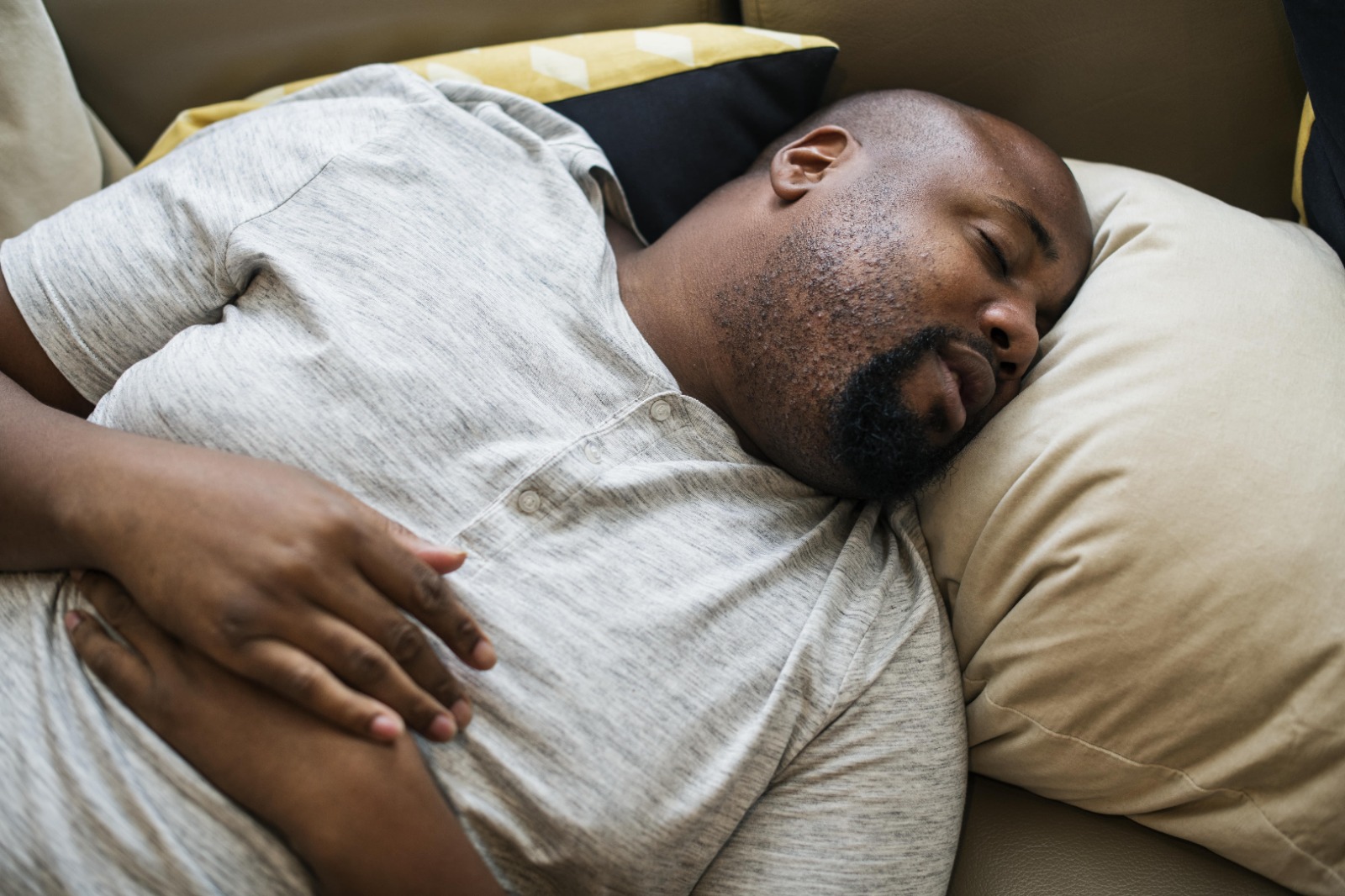Sickle cell anemia is a hereditary blood disease that affects the red blood cells. It is one of the most common and usually most severe forms of a group of red blood cell disorders called Sickle Cell disease. In order to survive, the human body needs red blood cells to supply oxygen to its tissues. […]
Nobody knows the root cause of baldness. So far, what we know about hair strands is that they are mostly made of Keratin, a type of protein left over from dead cells that are pushed up as new cells grow. This process takes place in a tube-like tiny hole called hair follicles, where the hair […]
Normally when we breathe, air travels through our nose and mouth, down the back of our throat and into our lungs. Our airways are made up of soft tissues like muscles, tongue and throat, that are flexible and can move easily. When we sleep, these tissues can become too relaxed, which causes them to partially […]




